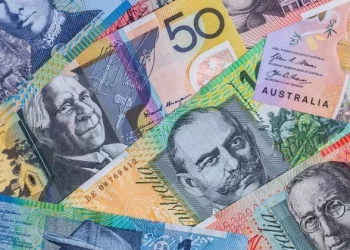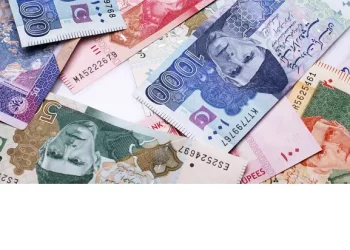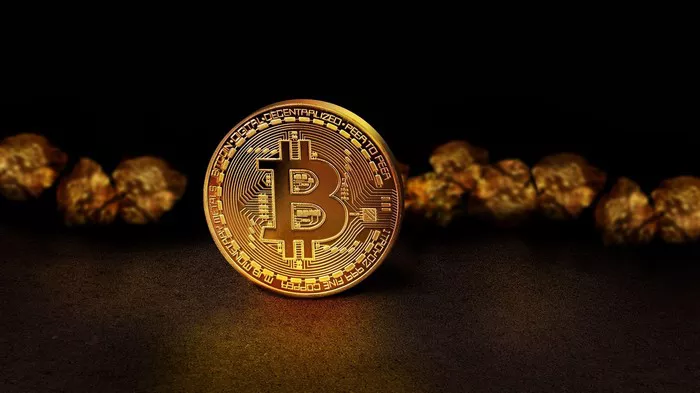Gold has always been a valuable metal. People have used it for thousands of years. Today, it is still important in the financial world. Investors buy gold to protect their money. Central banks hold gold as part of their reserves. But how much is one kilo of gold worth in USD?
The price of gold changes every day. It depends on many factors. These include supply and demand, inflation, and the strength of the US dollar. To understand the current price, we must look at the gold market. We must also understand how gold is measured and traded.
This essay will explain the price of one kilo of gold in USD. It will discuss how gold prices are set. It will also look at the factors that influence these prices. Finally, it will explain why gold remains a popular investment.
Understanding Gold Measurements
Gold is measured in different units. The most common are grams, ounces, and kilograms. In the financial markets, gold is often priced per troy ounce. A troy ounce is different from a regular ounce. One troy ounce equals 31.1035 grams.
One kilogram of gold is equal to 32.1507 troy ounces. This is important because gold prices are usually quoted per troy ounce. To find the price of one kilo, we must multiply the price per troy ounce by 32.1507.
For example, if gold is priced at 2,000pertroyounce,onekilowouldcost64,301.40. This calculation helps investors understand the value of larger quantities of gold.
How Gold Prices Are Determined
Gold prices are set by the global market. The main marketplace for gold is the London Bullion Market. Here, banks and traders buy and sell gold. The price is updated twice a day in what is called the “London Gold Fix.”
Another important market is the COMEX in New York. This is where gold futures are traded. Futures are contracts to buy or sell gold at a future date. These trades influence the spot price of gold. The spot price is the current market price.
Gold prices are also affected by the US dollar. Since gold is priced in USD, a stronger dollar makes gold more expensive for foreign buyers. This can reduce demand and lower prices. On the other hand, a weaker dollar makes gold cheaper, increasing demand and raising prices.
Factors Affecting the Price of Gold
Many factors influence the price of gold. Understanding these helps investors make better decisions.
Supply and demand play a big role. Gold mining produces new supply. If mining output decreases, prices may rise. Demand comes from jewelry, technology, and investments. Higher demand usually means higher prices.
Inflation is another key factor. Gold is seen as a hedge against inflation. When prices rise, the value of money falls. Investors buy gold to protect their wealth. This increases demand and pushes prices higher.
Interest rates also affect gold prices. When interest rates are low, gold becomes more attractive. This is because it does not earn interest like bonds or savings accounts. When rates rise, investors may prefer other assets, reducing gold demand.
Geopolitical events can cause gold prices to spike. Wars, economic crises, and political instability make investors nervous. They buy gold as a safe haven, driving prices up.
Historical Gold Prices
Gold prices have changed over time. In the early 1900s, gold was fixed at $20.67 per troy ounce. This was part of the gold standard, where currencies were backed by gold.
In 1971, the US ended the gold standard. After that, gold prices became free-floating. By 1980, gold reached $850 per ounce due to high inflation. Prices dropped in the 1990s but rose again after the 2008 financial crisis.
In 2020, gold hit a record high of over $2,000 per ounce. This was due to the COVID-19 pandemic and economic uncertainty. Since then, prices have fluctuated but remained high.
Calculating the Current Price of One Kilo of Gold
To find the current price of one kilo of gold, we follow these steps.
First, check the live gold price per troy ounce. This can be found on financial news websites or gold trading platforms.
Next, multiply the price per troy ounce by 32.1507. This gives the price per kilo.
For example, if gold is trading at $1,900 per troy ounce:
1,900×32.1507=61,086.33
This means one kilo of gold would cost $61,086.33 at that price.
Why Invest in Gold
Gold is a popular investment for several reasons.
It is a store of value. Unlike paper money, gold cannot be printed or devalued by governments. It retains its worth over time.
Gold is a safe haven during crises. When stocks and bonds fall, gold often rises. This makes it a good way to protect wealth.
Gold also diversifies a portfolio. Investing in different assets reduces risk. Gold often moves differently than stocks or bonds, providing balance.
Risks of Investing in Gold
While gold has benefits, it also has risks.
Gold does not produce income. Unlike stocks or bonds, it does not pay dividends or interest. Investors rely on price appreciation for returns.
Storage and insurance can be costly. Physical gold must be kept securely. This adds extra expenses for investors.
Prices can be volatile. While gold is stable over long periods, short-term fluctuations can be sharp. Investors must be prepared for price swings.
Different Ways to Invest in Gold
Investors can buy gold in different forms.
Physical gold includes bars and coins. These can be stored at home or in a vault. They provide direct ownership but come with storage costs.
Gold ETFs (Exchange-Traded Funds) are another option. These are funds that track the price of gold. They trade like stocks and are easy to buy and sell.
Gold mining stocks invest in companies that extract gold. These stocks can offer leverage to gold prices but come with company-specific risks.
Gold futures and options are more complex. They involve contracts to buy or sell gold at a future date. These are best for experienced traders.
The Role of Central Banks
Central banks hold large amounts of gold. They use it to support their currencies and economies.
When central banks buy gold, it signals confidence in the metal. This can push prices higher. When they sell, prices may drop.
In recent years, many central banks have increased their gold reserves. This has supported gold prices.
Gold and Inflation
Gold is often called an inflation hedge. This means it protects against rising prices.
When inflation is high, the value of money falls. Gold, however, tends to hold its value. This makes it attractive during inflationary periods.
Historical data shows that gold performs well during high inflation. For example, in the 1970s, inflation was high, and gold prices surged.
Gold and the US Dollar
The US dollar and gold have an inverse relationship. When the dollar is strong, gold tends to be weaker. When the dollar is weak, gold tends to rise.
This happens because gold is priced in dollars. A stronger dollar makes gold more expensive for foreign buyers, reducing demand. A weaker dollar makes gold cheaper, increasing demand.
Investors watching gold prices should also monitor the dollar’s strength.
Future Outlook for Gold Prices
Predicting gold prices is difficult. However, some trends can give clues.
If inflation remains high, gold prices may rise. Economic uncertainty or geopolitical tensions could also push prices up.
If interest rates increase, gold may face pressure. Higher rates make other investments more attractive.
Long-term demand from central banks and investors could support prices.
Conclusion
The price of one kilo of gold in USD depends on the current market price per troy ounce. By multiplying this price by 32.1507, we find the value of one kilogram.
Gold prices are influenced by supply and demand, inflation, interest rates, and geopolitical events. Investors buy gold for its stability and as a hedge against economic uncertainty.
While gold has risks, it remains a key part of many investment portfolios. Understanding how gold prices work helps investors make informed decisions.
In the end, gold’s value goes beyond its price. It represents security, tradition, and enduring wealth. Whether as an investment or a safe haven, gold continues to shine in the financial world.
Related topics:






























